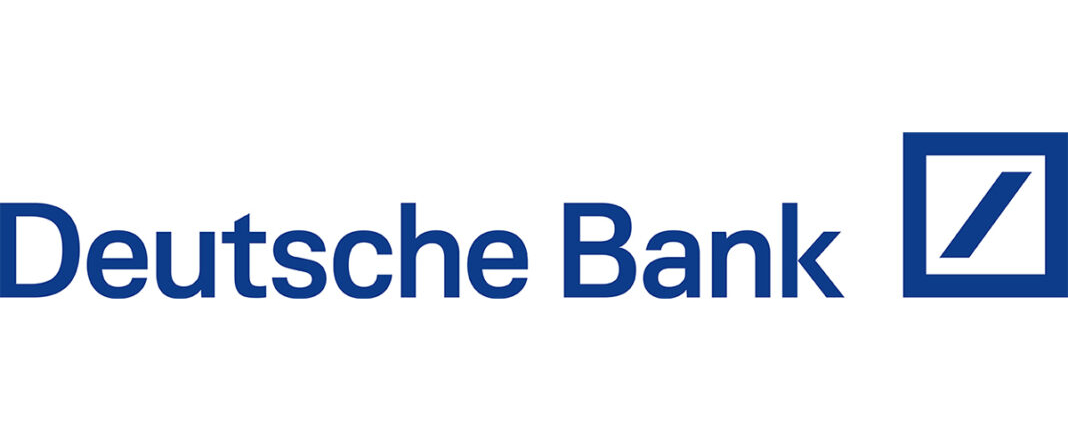Dependency Management

When?
2015
Where?
London
Organisation?

What?
Establishment of a process to manage dependencies in the project portfolio (Dependency Management)
Methods and Systems
- Clarity PPM for data capture and management
- Confluence to document the process
Background
The organisation’s project portfolio has become increasingly complex due to IT outsourcing, the introduction of shared IT components, and major initiatives that have affected the central infrastructure. Projects have become much more interdependent than before. The interdependence of projects had to be systematically captured and managed.
Approach
We have assembled a group of experienced programme managers to work together to define a new process. We also defined a dedicated language (e.g. “Delivering Project”, “Receiving Project”) to facilitate communication and language about dependencies between stakeholders.
Key Milestones
- Process created with expert group
- Documentation published on Confluence
- Rollout and training using best-practice examples
Results
After capturing the most important dependencies, one could quickly see the central projects on which all were somehow dependent. These were often not particularly important – seen on their own – but their central position now brought them into focus.
The Dependency Management process was so successful that the new language was soon used at the board level of the company. People spoke of the “delivering project” or “receiving project” as if these were natural terms that are generally used. Dependency Management was included in the core competencies for successful program management.What have we learnt?
Dependencies in a highly complex project portfolio cannot be managed centrally, but must be understood as a core competence of program managers. Only the process can be established centrally and must be followed by all participants to make it work.
Even in the agile project environment, dependencies must be controlled “externally”. This is best done through a contract – a handshake – between the project managers involved.
Managing dependencies is a crown discipline in project portfolio management: only when both sides have a handle on their project plan can you reliably define dependencies.
Not everything is a dependency: sometimes it is better to incorporate tasks from others into your own program and take responsibility for them yourself.
 Broadcom
Broadcom PMI
PMI